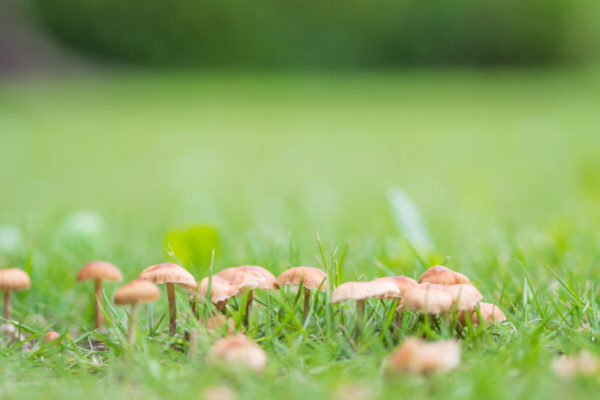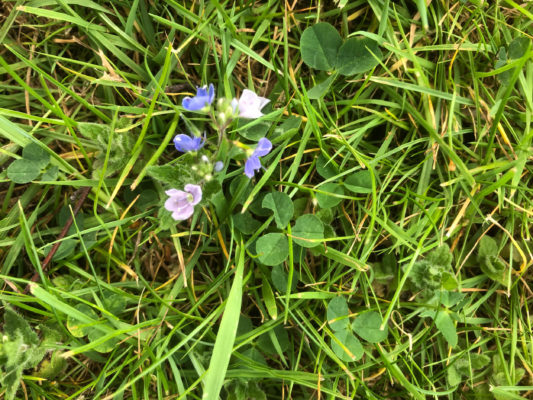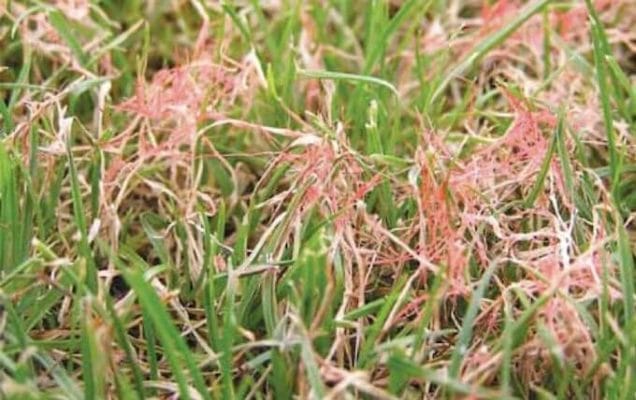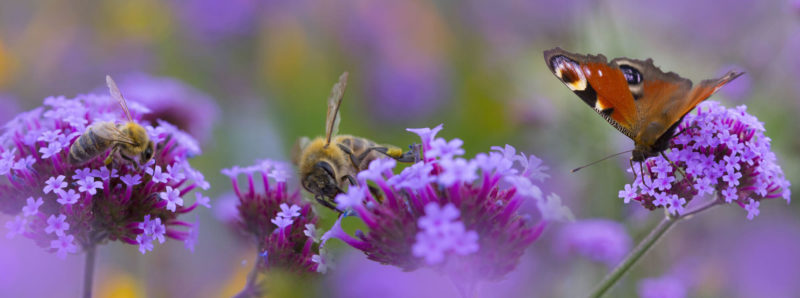Soil compaction causes all sorts of problems for lawns and lawn grasses. Heavily compacted soil drains poorly and restricts root growth. As a result, your lawn struggles to recover from wear and tear. The sward will become thinner and may even disappear in places. Where the grass is weakened by poor root growth, weeds and diseases can quickly take over.
If your soil is compacted you may notice bare patches in areas of heavy traffic. There may be more weeds than usual. Moss is common in compacted lawns and the lawn may get soggy underfoot after heavy rainfall.
Incorporating aeration into your annual lawn care calendar will help to relieve soil compaction. The result? A vibrant green carpet that looks good all year round.
Aeration is available as part of both our Standard and Premier Programmes.
Has your lawn suddenly developed ugly discoloured patches? It’s possible that your grass has been affected by one of the common lawn diseases that lawns in the UK encounter from time to time.
Red thread
Red thread is a common fungal patch disease. It’s most likely to be found on lawns in spring, early summer, and autumn. Redthread tends to attack when the weather has been mild and humid or during very wet summers.
If your lawn is suffering from red thread you will notice uneven shaped patches on the lawn. The patches take on a pinkish brown colour. Look closely and you will see little pink threads or needles.
Depending on the severity of disease red thread should be treated in one of two ways. Either with a liquid feed or, for severe cases a professional grade lawn fungicide applied by a lawn care professional. But due to the nature of the disease it can come back again.
Lawns that are compacted or poorly nourished are more prone to red thread. Regular aeration, scarification and feeding can reduce the risk of this disease occurring.

Fusarium patch
Fusarium patch is a common lawn fungal disease that breeds in mild, damp conditions. You will notice circular patches of brown grass splattered with a slimy white fungus.
Only certain types of grass such as those found in ornamental lawns and bowling greens are prone to fusarium patch, it is much less common in the average garden lawn.
Fusarium patch can be treated with professional grade fungicide applied by a lawn care professional.

Dry Patch
Dry patch attacks during dry summers when the turf dries out but does not get wet again.
The soil will be completely dry and hard. Any water applied will run off or sit on top of the lawn rather than penetrating the soil. You may notice brown patches in the lawn.
Causes of dry patch may include pests, fungal diseases, and dog or fox urine.
We treat dry patch with a wetting agent to help the water penetrate through the soil. To prevent it returning we recommend regular aeration of the soil to help the water pass through. As well as incorporating wetting agents into your lawn care regime.
Leather jackets
A leather jacket is the lava stage of a crane fly, or daddy long legs as they are more commonly known. They feast on the roots of the grass plants and the grass will start to die. They are more common after a wet autumn.
How to tell if your lawn has leatherjackets
Lawns infested with leatherjackets will start to develop areas of yellowing grass. If you tug at the grass it will easily come away from the soil and there will be very little root. You may also notice an increase in the number of birds pecking at your lawn trying to eat the grubs.
In most cases leatherjackets are found within the thatch layer of the lawn. Digging out a section of the soil will let you see any leatherjackets living within your lawn.
You can also check for leatherjackets by soaking the grass and placing a black plastic sheet on the lawn overnight, when you remove this the following day any leatherjackets that were within the turf will have risen to the surface of the lawn.
In lawns affected by extreme cases of leatherjacket infestations you can sometimes see the grubs lying on the top of the lawn.
How to get rid of leather jackets
The best way to treat leather jackets in the UK is by applying nematodes to the lawn. These can be purchased off Amazon and applied yourself following the steps in our video below
Mosses are non-flowering plants that grow most often in damp, shaded areas of the garden. Moss will usually show as coarse loose green or yellow tufts and the grass will feen spongy beneath your feet. Moss can quickly crowd out the grasses in your lawn leaving an uneven texture and colour.
Why does moss grow on lawns?
On established lawns factors such as compacted soil, poor drainage, wet weather, weak lawn grasses, poor soil nutrition, acidic soil, shade, close mowing, and over-use all provide the perfect environment for moss to thrive.
Poor site preparation is usually the cause of moss on newly laid lawns.
How to remove moss from lawns
It is important to not only remove any existing moss, but also to tackle the problems that encouraged moss to grow in the first place. Our lawn care programmes involve scarification to remove moss and thatch, aeration to relieve lawn compaction, and a seasonal lawn feeding regime to help your grass grow strongly. We also recommend following the one third rule while mowing and trying to reduce shaded areas.
Thatch describes the layer of dead and decaying material often found between the blades of grass on a lawn and the soil beneath. It is perfectly natural phenomena but if the thatch layer gets too thick it can spoil your lawn.
A deep thatch layer impairs drainage which means that your lawn will struggle to absorb rainwater as quickly as it should. Added to that, the spores of some lawn diseases tend to be harboured in the thatch layer. Reducing the amount of thatch will reduce the risk of attack from fusarium patch and rethread disease, both of which can leave ugly scars on the lawn.
How do I know if my lawn is suffering from thatch?
- The ground will feel spongy to walk on.
- You can also check the amount of thatch in the lawn by digging out a small section using a spade or trowel and cutting deep enough to let you see the grass, the thatch layer and the soil.
At Premier Lawns we recommend removing the thatch from your lawn on a regular basis. We use a process called scarification. You can do it yourself with a spring tine rake, but it is hard work and you will be left with a lot of rubbish to dispose of.
Scarification is included in both our Standard and Premier Lawn Care Programmes.
Watch our video to discover more about controlling thatch with scarification.
Is your lawn weedy, mossy, baldy or just plain tired looking? In this blog we’ll[...]
 Believe it or not, in the majority of cases mushrooms or toadstools in your lawn are a sign that the soil beneath your lawn is vibrant and healthy.
Believe it or not, in the majority of cases mushrooms or toadstools in your lawn are a sign that the soil beneath your lawn is vibrant and healthy.
Mushrooms and toadstools are a type of fungi. Fungai are a type of micro-organism found in the soil that help break down the thatch layers and other organic materials such as fallen leaves, grass cuttings or decaying bark. This helps enable nutrients to penetrate deep down into the soil leading to healthier grass growth.
Fungai love wet conditions and you are most likely to notice them in your lawn between August and October, or possibly earlier if there have been prolonged dry spells followed by extremely wet weather. You may also notice mushrooms if your lawn is shaded, if you have drainage problems or if your lawn is compacted.
It is very unlikely that the toadstools / mushrooms found in your lawn are poisonous, but to err on the side of caution it is still not advisable to eat them. And be watchful that children and pets don’t consume any of them.
How to deal with mushrooms / toadstools in your lawn
Usually, toadstools and mushrooms will disappear within a few days. But to get rid of them quickly, brush or rake them off, or pick by hand (being sure to wear gardening gloves).
If your lawn is shaded, then consider pruning or thinning of surrounding shrubs or trees to increase airflow and allow extra light into the lawn.
If your lawn is compacted, aeration will help improve drainage so that the water is not sitting on the surface, as well as helping keep the soil dry through improved airflow.
Fairy Ring
In the majority of cases, mushrooms in a lawn are nothing to worry about. But if you notice mushrooms in a ring this may be a sign of fairy ring.
Fairy rings result from certain types of fungi in the turf that starve the roots of water and nutrients. Signs of fairy ring in your lawn may present as a ring of mushrooms, a ring of darker coloured grass and mushrooms, or a ring of dead grass.
Once a fairy ring has established itself in the lawn it can be difficult to eliminate. You can try to cut the mushrooms off at the roots and burn them to prevent the spores from spreading any further. If you are still having problems with fairy ring contact Premier Lawns for further advice.
Why toadstools in your lawn are nothing to worry about. https://premierlawns.co.uk/toadstools-in-your-lawn/
Weeds can be a sign that your lawn needs a little bit of love and attention. Weak grass plants or a thinning sward make it easy for unwanted plants such to establish.
Some of the most common weeds you may notice in your lawn are:
- Dandelion – common perennial weed, difficult to get rid of, yellow flowers, grows March to November
- Daisies – white petals and yellow centre, grows spring to early autumn
- Creeping buttercup – yellow flowers, one of the most common weeds in the UK, blooms mid-spring to late summer
- Clover – common perennial weed, small white flowers, quickly out-competes grasses
- Plantain – long narrow leaf, thrives in compacted soils, flowers late spring to late autumn
At Premier Lawns, not only do we kill the weeds, we also address the problems that allowed them to establish in the first place. Soil compaction, poor drainage, undernourished grass and bare patches in the lawn are tackled with a bespoke lawn care programme.
Typical lawn weed treatments include removing weeds by hand (if there are not too many) – or spot treating them with professional grade herbicides. Our operatives are all highly trained in the application of chemicals. It is our policy to use the least possible amount of weedkiller so as to protect the environment.
With the weeds gone, we will discuss with you the best way to renovate your lawn and reduce the risk of weed infestation in the future. Regular aeration, feeding and vitality boosting treatments will restore tor lawn to good health.

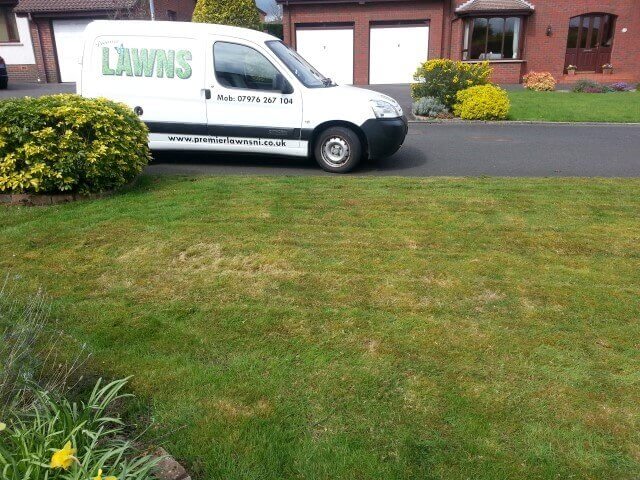
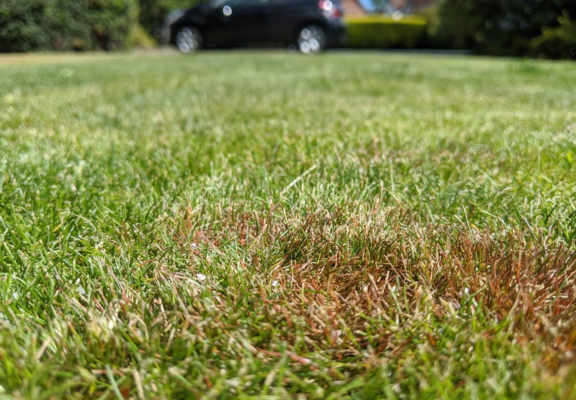
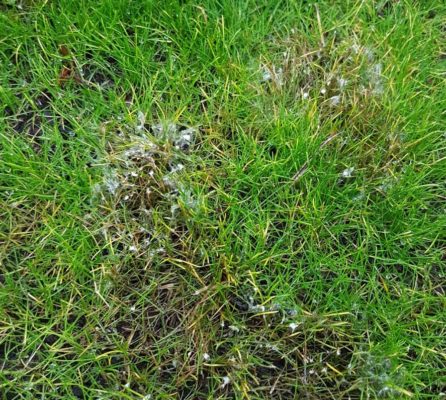
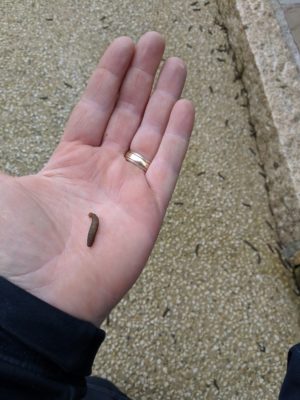


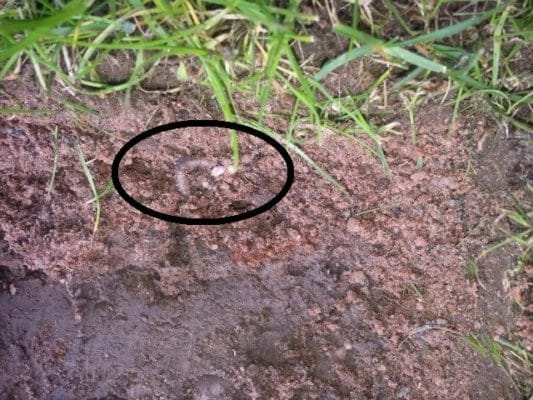

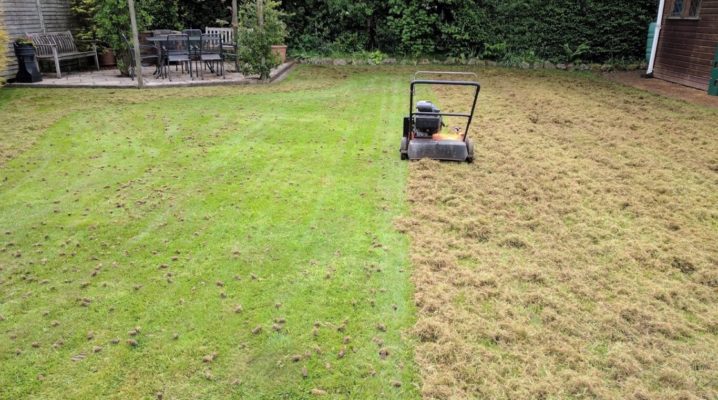


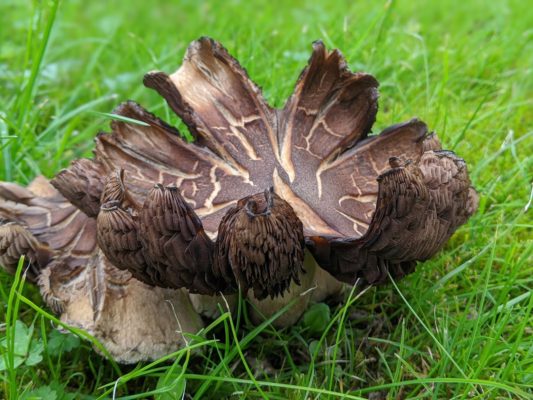 Believe it or not, in the majority of cases mushrooms or toadstools in your lawn are a sign that the soil beneath your lawn is vibrant and healthy.
Believe it or not, in the majority of cases mushrooms or toadstools in your lawn are a sign that the soil beneath your lawn is vibrant and healthy. 